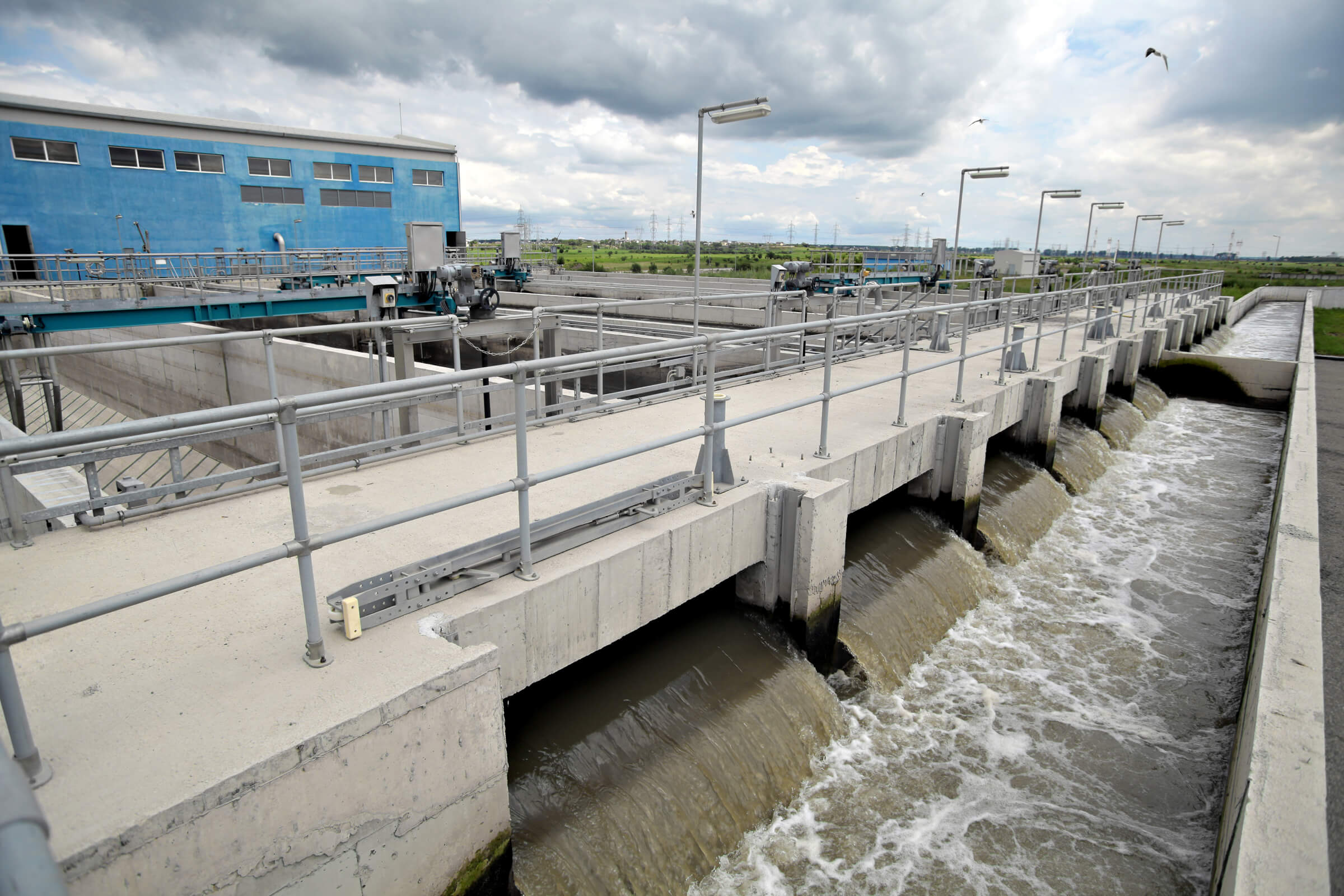Environmental pillars come in different formulations, depending on the priorities of those who codify them. However, here are three fundamental pillars for ESG environmental performance metrics:
- Greenhouse gas (GHG) emissions: GHG emissions are foundational to assessing your carbon footprint. They damage the climate by trapping heat close to the earth’s surface, contributing to global warming and poor air quality. Carbon dioxide, methane and nitrous oxide are the primary greenhouse gases released during fossil fuel combustion. Companies can develop effective carbon reduction strategies and reasonable cost estimates for optimizing their ESG score by taking inventory of GHG emissions.
- Land protection: Land trusts guard land with rich biodiversity from industrial development or devastation. Depending on a company’s industry, this pillar may be more or less relevant. Companies that produce much waste or plan to develop or extract resources from biodiverse areas need to consider this pillar more than companies with minimal waste and sustainable development. Land protection also has implications for ESG social criteria, such as indigenous land rights.
- Water use: This pillar is easy to overlook but requires careful reflection. Water insecurity is rapidly increasing across the world. Water crises are ranked fourth on the World Economic Forum’s (WEF) Global Risk Report, behind weapons of mass destruction, failure of climate change mitigation and extreme weather risks. According to the United States Geological Survey, industries that produce chemicals, gasoline, metals, oils, paper and wood use the most water.






















